A panel of pharmaceutical industry representatives highlighted potential hope on the horizon for COVID-19 vaccines and therapeutics during the 2020 Association of Women in Rheumatology National Conference.
Mary M. Moran, MD, senior medical director of the vaccines pipeline at Pfizer, discussed the microRNA vaccine candidate in development. “We were developing an mRNA vaccine for influenza in 2017,” she said. The approach packages an mRNA section in a lipid microparticle that goes to the endoplasmic reticulum of the cell and is translated into antigen.

The Pfizer product has undergone phase 1 and 2 trials at different dosing levels. “The phase 2b/3 studies just started a week and a half ago,” she said. The study aims to enroll 30,000 individuals for a two-dose schedule by mid-October. “We hope to have tens of millions of doses available this year and hundreds of millions by 2021.”
Therapeutic Hope on the Horizon
Marilena Antonopoulos, PharmD, MPH, a medical managed care liaison at Sanofi Pasteur, noted that the company currently has two vaccine products in development. But she was realistic about how a vaccination strategy is likely to play out.
“It probably will take multiple, different vaccines to try to eliminate this virus or just to contain it,” she said.
One of the Sanofi products also utilizes the mRNA technology, which Antonopoulos acknowledged is “a different approach.” However, she believes “there is hope in this technology for many reasons and that it works by essentially using your own body’s host machinery to become a vaccine manufacturing facility.”
The next presentation was from Tram T. Tran, MD, vice president of medical affairs at Gilead Sciences, who offered a “general antiviral perspective.”
Tran said that asymptomatic and pre-symptomatic transmission of COVID-19, along with evolving understanding of multisystemic disease, continue to “vex” clinicians and researchers alike. However, she added that the replication and life cycle of SARS-CoV-2 is generally well understood, which offers some hope.
“We need to better understand viral kinetics,” she said. “But antiviral therapies targeting key steps in the SARS-CoV-2 replication process may be effective as early as possible in the disease course.”
Kristin Griffing, MD, MS, a senior medical advisor and clinical research physician at Eli Lilly & Co., discussed how therapeutic approaches along the JAK/signal transducer and activator of transcription (STAT) pathway may yield benefit in patients with COVID-19.
“A significant number of cytokines and chemokines are elevated” in patients with severe disease, Griffing said. “Many of them are on the JAK/STAT pathway.”
Griffing suggested that the JAK inhibitor baricitinib (Olumiant, Lilly) may have utility in mitigating host inflammatory response. Researchers with the ACT 2 study are currently assessing baricitinib plus remdesivir (Veklury, Gilead) versus remdesivir alone. “We may see that a JAK inhibitor may be used in more severe disease involving the host inflammatory response.”
Collaborative Efforts
Vadim Khaychuk, PhD, an associate director within the U.S. medical immunology and fibrosis strategy team at Bristol Myers Squibb, suggested that collaboration among pharmaceutical companies and government agencies is going to be critical in defeating COVID-19. “What separates us from what happened 100 years ago [during the 1918 influenza pandemic] is our ability to rapidly collaborate,” he said.
To that point, there is a broad range of approaches and drugs being investigated by the pharmaceutical community, including the JAK inhibitor filgotinib (Gilead), the multiple sclerosis drug ozanimod (Zeposia, Bristol Myers Squibb), the RA immunomodulator abatacept (Orencia, Bristol Myers Squibb) and the cardiovascular drug apixaban (Eliquis, Bristol Myers Squibb, Pfizer). “We are sharing data to identify molecules that hopefully can put an end to this pandemic,” he said.
Allan Tenoria, MD, senior medical director of immunology at Abbvie, raised a number of critical questions for the research communities to consider moving forward. “Targeted therapies in specific cytokine pathways may be safer compared to steroids, but which one?” he said.
Another key question pertains to identifying biomarkers. “Is there a role for biomarkers in direct treatment?” he said.
Perhaps in an answer to this question, Tenoria believes that targeting populations and timing of intervention — either with antivirals or immune modulators, depending on the patient and the severity of their disease — is critical.
Tenoria also encouraged his colleagues in the industry to be as meticulous as possible when designing studies. “It will be important to use an antiviral as background in any study,” he said. Something else to consider in this regard is whether giving placebo will be “feasible or even ethical” in the most critically ill COVID-19 patients.
Other study design considerations pertain to endpoints. Tenoria raised the question of whether mortality should be the only endpoint, or whether days spent on a ventilator or markers of immunity or inflammatory activity may also be used.
Overall, Tenoria said that if the pharmaceutical community can pull together and answer many of these questions, it will be possible to gain the upper hand on COVID-19. “It is about finding a reason to believe,” he said.
- سيعجبك أيضاً




Recent Comments